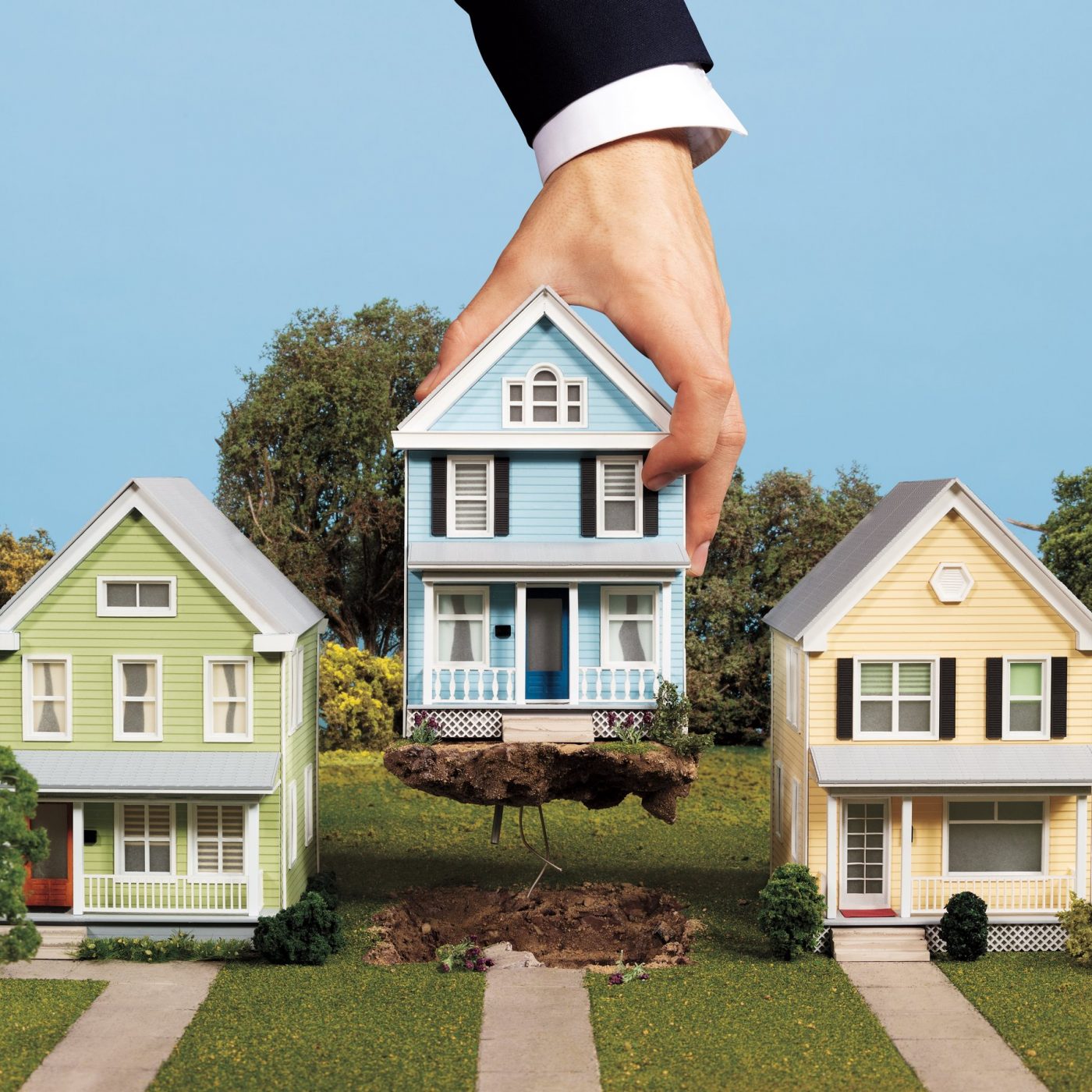2020 saw a dramatic flow of income and relocation but to what extent are those trends expected to become long-term and what does that mean for the design industry? Bill Fulton, director of Rice University’s Kinder Institute for Urban Research and Joanna McNamara from Chubb dove deep into these trends by conducting surveys of 600 high net worth individuals in North America.
History has proven that cities might change and adapt when faced with disasters and pandemics but they usually bounce back stronger.
What are the short-term insights?
- Last year, most individuals moving out of the city were 20 year olds moving in with their parents.
- Big expensive coastal cities were already losing population since 2015.
- Rents dropped dramatically in big cities and went up in smaller cities.
- Home prices and sales shot up in the suburbs, notably in ‘zoom-burbs’, which are close to cities and maintain some urban amenities.
- What does this mean for the housing industry? With relocations comes an increase in insurance needs and many plan renovations, 75% are more likely to age in their new place and many will use live in help which would affect the house’s design.
Why are people moving?
People are looking for more space for a home office and many don’t need to work in a physical location.
What are people looking for?
They want close proximity to the city, a safe yard for their family, a grocery store nearby.
What does this mean in the long-term?
In general, preference between living in the suburbs or in the city is split evenly. The study shows that this preference remains evenly split and the biggest takeaway is that some work from home will continue (over 50% of those individuals would move) but most people will go back to the office most of the time (perhaps 3/4 days per week which would increase commute flexibility).
How are commercial spaces going to change?
Half of Manhattan will be back in the office by Summer/Fall of 2021. Business districts will become more focused on face to face interactions and offices will be a place to collaborate, brainstorm and have meetings, which will affect how these spaces are designed.
We will see a decline in the lease of offices spaces and an increase in conversion to residential spaces which will become a large source of work for designers.
Brick and mortar retail is crashing, especially with the increase in home deliveries and eventually we will see bars and restaurants come back stronger taking up those spaces as well as some co-working offices (especially in small suburban regions).
